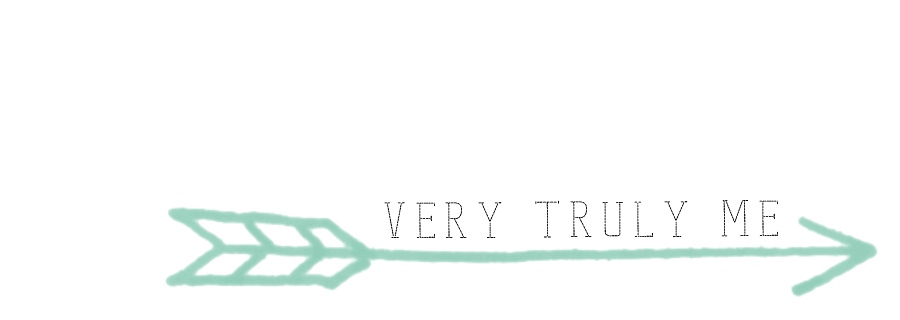Let's get started! First, cut out your "ZIG" and "ZAG" rectangles as instructed in the pattern. I highly recommend labeling your piles after they've been divided as shown below. I also recommend generously starching/pressing your fabrics before cutting. I find this greatly helps the accuracy of your cutting and piecing later. For the sake of time, I only cut enough pieces for one Herringbone Tree. **If you've bought the pattern before April 2015, there is one correction to take note of: You will need to cut (24) 3 1/2" x 9" rectangles from your background fabric. Proceed with the rest of the pattern as instructed**
We will start cutting the "ZIG" pile first (aka the left side of the tree). To cut these you will need an acrylic ruler with a 45 degree marking. Take two strips with the patterned fabric, stacked on top of each other with all four edges lined up (If you feel uncomfortable cutting two strips at once, cut one at a time instead). Take your ruler and line up the bottom edge with the 45 degree marking on the ruler, with the cutting edge of the ruler intersecting with the top corner of the strip, as shown below.
Cut corner off with rotary cutter, slide ruler down to the left-hand side of the strip. Make sure the 45 degree marking still lines up straight with the bottom edge and that you have your bottom corner intersect with the cutting edge on the ruler also. Cut that corner off and you now have a parallelogram.
Repeat with all your background "ZIG" strips...For your "ZAG" strips or right side of the tree, you will repeat the same process, EXCEPT you will cut the background and tree print with the WRONG side of the fabric facing UP. When you flip the parallelograms over, they will be mirror images of the ZIG parallelograms.
Flip your top parallelogram on top of the bottom one, RST (as instructed in the pattern), then line up the top parallelogram so that the right edge JUST meets up with the pencil marking. Repeat with the left edge as well. To make it even more accurate, I will glue baste the two pieces together instead of using pins. This prevents the pieces from moving around when sewing. If you're unfamiliar with glue basting, I highly recommend checking out Pile O' Fabric's tutorial on it. It's a life changer! She also sells the glue tips as well!
Sew a 1/4" away from the edge. The needle in your sewing machine should intersect exactly where the point of the two parallelogram edges meet.
Tip for pressing! When pressing pieces with bias edges, it can be very easy to accidentally distort the blocks. To keep that from happening, here is how I press them: I first heat up the sewn edge of the piece I want to press toward. For example, I want to press all my seams toward the dark tree print, so I will have the dark tree print facing up when heating up my seam. I will let my iron sit on the seam for 5-10 seconds. You just want to warm up those stitches. Now I flip the top piece over and press in the direction I want the seam to go. Pressing very gently and without tugging. Because I generously starch my fabrics before even cutting them, I do not starch when I press. If you find it necessary, I recommend just very lightly starching during this step to further prevent distortion.
Piece both the left and right side of the tree as instructed in the pattern. Trim both sides as instructed too. They will look like the picture directly below when you're finished. It is very important to trim the top of the tree blocks right at the top point of the parallelograms and then 1/4" away from the bottom point of trees to account for seam allowance.
The rest of the constructing process is pretty simple...Piece the trunk to the right and left side of the tree. Trim off the excess trunk. Piece the bottom part of the tree and join with the top. You now have a completed Herringbone Tree!
Hope this tutorial was helpful! Come back tomorrow for the HSR Tree tutorial! If you have any questions on steps that need further explanation, feel free to comment below or email me at penandpaperpatterns@gmail.com!














Hi Lindsey,
ReplyDeleteI am looking for the pattern for the Pinetop Quilt.
Thanks, Marlene
mjvandegrift@sbcglobal.net
I also am looking for the pattern. please contact me at brfeed1084@sbcglobal.net
ReplyDeletethanks, Barbara